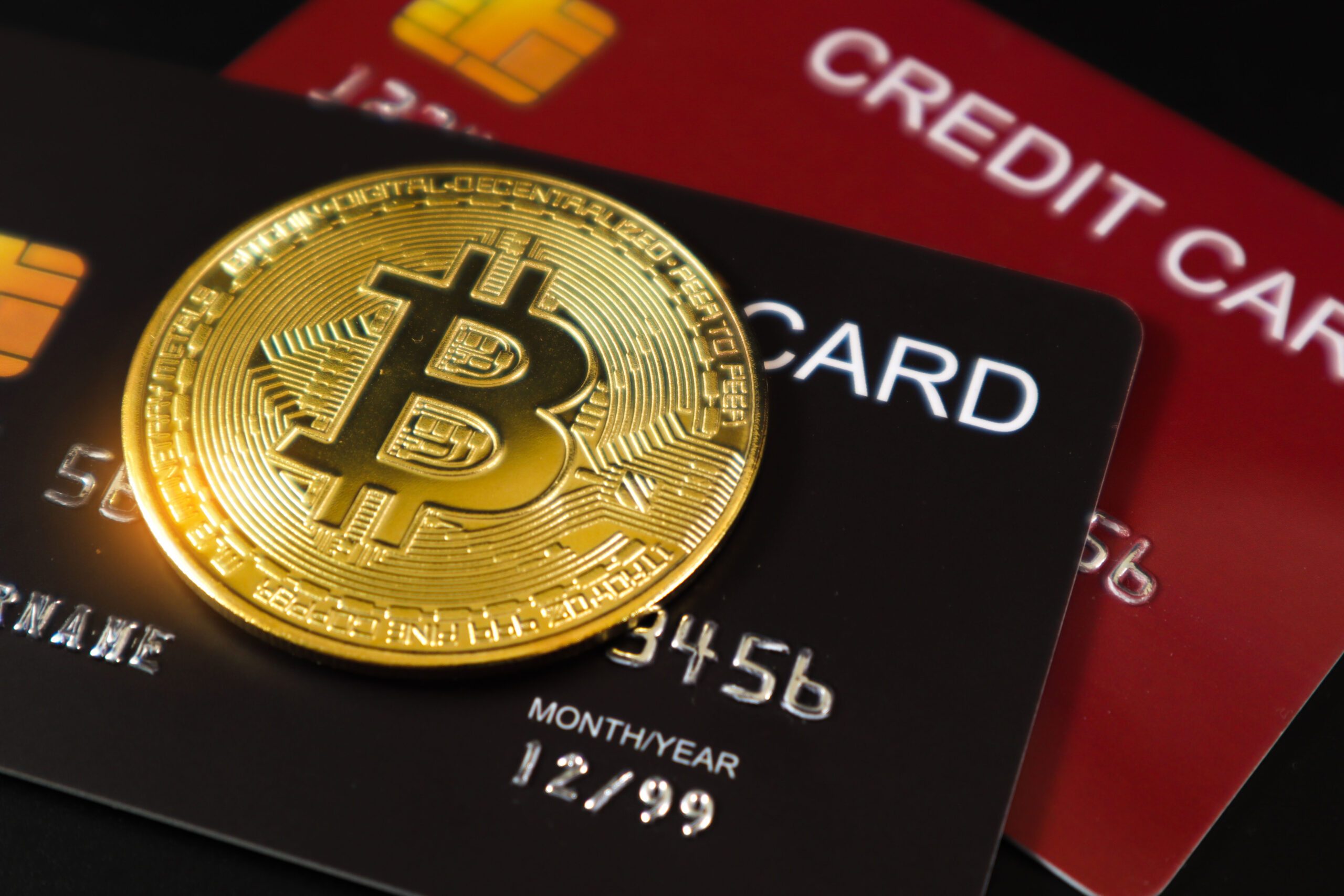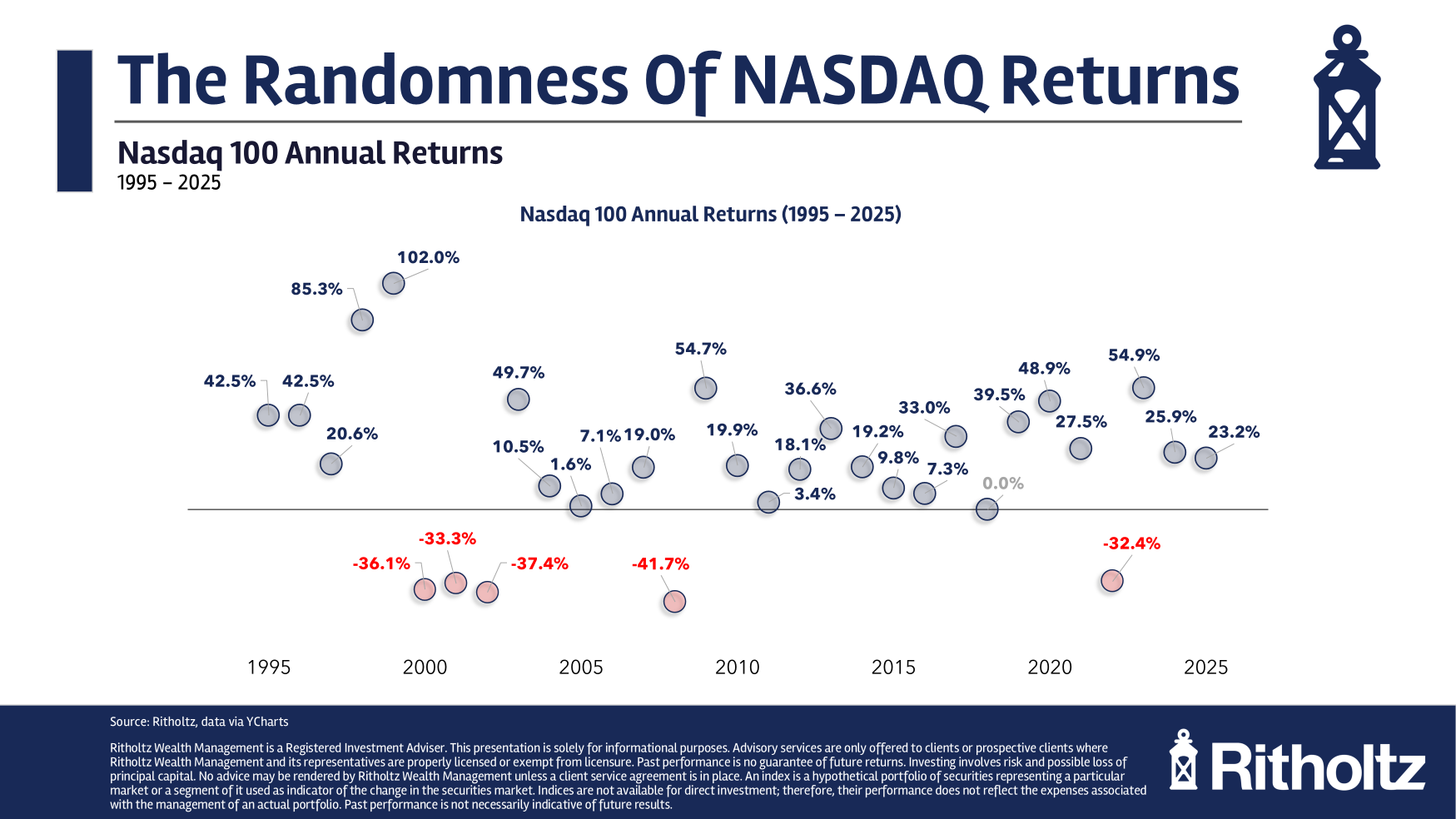On Monday, we talked about how Fannie Mae and Freddie Mac might soon start accepting crypto as eligible assets on mortgage applications.
That could help millions of Americans qualify for a home loan without selling their digital assets…
And it’s another clear sign that crypto is breaking into the financial mainstream.
But mortgages aren’t the only part of the credit system being impacted by crypto today.
A new wave of crypto-backed credit cards is gaining traction, offering rewards in bitcoin or other digital assets.
Which means, instead of earning 1% cash back like a typical credit card, you could add crypto to your portfolio with every latte, grocery run or Uber ride.
Some of these cards offer as much as a 4% back in bitcoin.
And that might seem like a great deal, especially since most standard cashback cards top out at 2%.
But it comes with risks that deserve a closer look…
The Cost of Bridging Banking and Crypto
A decade ago, the idea of using crypto to pay for gas or groceries sounded ridiculous to all but the most fanatic bitcoin believers.
But that’s not the case anymore.
As of early 2025, over 50 million Americans hold crypto…
That’s far more than the number who own gold.
So it makes sense that exchanges like Coinbase, Gemini and Crypto.com are racing to offer credit products that plug directly into their ecosystems.
Because for most people, nothing is more familiar than swiping a credit card.
That’s exactly what these companies are counting on. Except with these cards, you’re spending fiat money to earn crypto.
Coinbase’s new “One Card” launches this fall on the AmEx network with up to 4% bitcoin back. But only if you subscribe to Coinbase One, which runs about $30/month.
Without a subscription, you’re capped at 2%.
Gemini’s card offers up to 3% and lets you earn rewards in over 40 cryptocurrencies.
Crypto.com offers a similar 2% to 3% reward, but staking requirements, fees and terms vary depending on your card tier.
On paper, these rewards crush the 1% to 2% you’d earn with most standard cashback cards.
But what are you really getting?
Say you use the Gemini card for $2,000 in monthly spending. At 3%, you’d earn roughly $60 in crypto per month.
That’s about 0.001 BTC at today’s prices, and it adds up to around 0.012 BTC per year.
Which might not sound like much, but consider what happens if bitcoin’s price moves.
For example, if BTC gained 30% over the next cycle, your “cashback” would be worth $936 instead of $720.
But this cuts both ways.
If the price drops 30%, your rewards drop with it.
And since most of these cards deposit rewards into your exchange wallet instantly, it exposes you to market swings unless you manually convert or cash out.
In other words, that 4% bitcoin back could be worth 6% today… or 2% two weeks from now. Because your reward is only as good as the coin’s price when you convert it.
Now, Gemini reported an average 176% return on crypto rewards held over the past 12 months.
Which sounds impressive.
ut when you dig a little deeper, you can see that this average masks wild variations. One user might double their rewards. Another could lose 30% overnight.
Then there’s the custodial risk.
If the exchange holding your rewards gets hacked or your wallet is compromised, you could lose everything.
And in many cases, you would have little legal recourse.
The Wall Street Journal recently reported widespread confusion about who’s responsible when crypto gets stolen through credit card-linked wallets.
And with over $2 billion lost to crypto hacks in the first quarter of 2025 alone, this is a huge issue that still needs to be resolved.
But from the exchanges’ perspective, these crypto cards are like manna from heaven.
Because they can use them to lock users into their ecosystems.
Coinbase doesn’t just want to give you bitcoin rewards. It wants to keep you using Coinbase products.
It’s like a frequent flyer program, but built on crypto rails.
And it could be a major growth engine for these platforms.
Here’s My Take
There’s a clear trade-off here.
Credit cards are among the most centralized products in modern finance. They rely on networks, issuers and banks.
But as I’ve noted before, crypto was built to eliminate those layers.
Crypto-backed credit cards plug you right back into that system…
Which means your private information is shared across a variety of companies.
This isn’t exactly the decentralized future early crypto adopters imagined.
But it’s the future that traditional finance wants.
Visa and Mastercard haven’t issued their own crypto reward cards, but they’ve already partnered with multiple exchanges to stay close to the trend.
And the market is growing fast.
While projections vary, the size of the global crypto credit card market could double by 2029.
Source: thebusinessresearchcompany.com
But for now, these crypto credit cards are far from perfect.
If you invest in crypto and understand the risks, they can be a low-effort way to increase your exposure.
More importantly, they’re laying the foundation for something much bigger.
The future these companies are building toward has you not only earning crypto rewards, but staking those assets for yield, borrowing against them instantly and repaying in stablecoins…
All inside one app.
If the platforms offering these cards can clean up risk and hand users more control…
We could be looking at a spark that helps fuel crypto’s next bull run.
Regards,
Ian King
Chief Strategist, Banyan Hill Publishing
Editor’s Note: We’d love to hear from you!
If you want to share your thoughts or suggestions about the Daily Disruptor, or if there are any specific topics you’d like us to cover, just send an email to [email protected].
Don’t worry, we won’t reveal your full name in the event we publish a response. So feel free to comment away!
Disclaimer: This story is auto-aggregated by a computer program and has not been created or edited by finopulse.
Publisher: Source link







